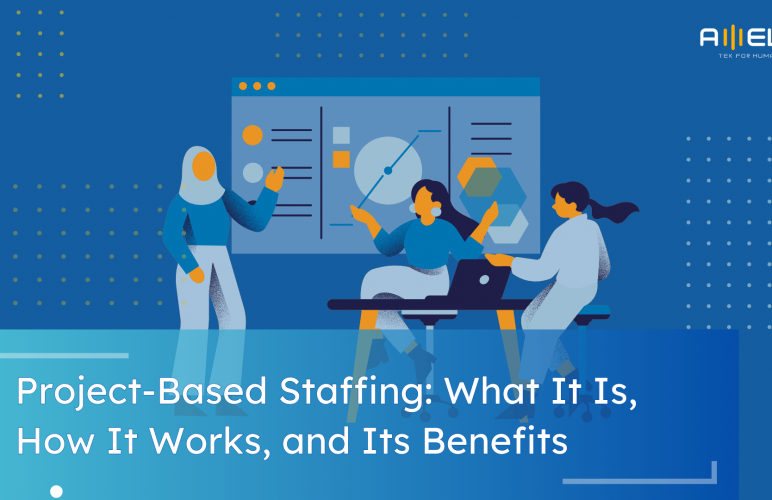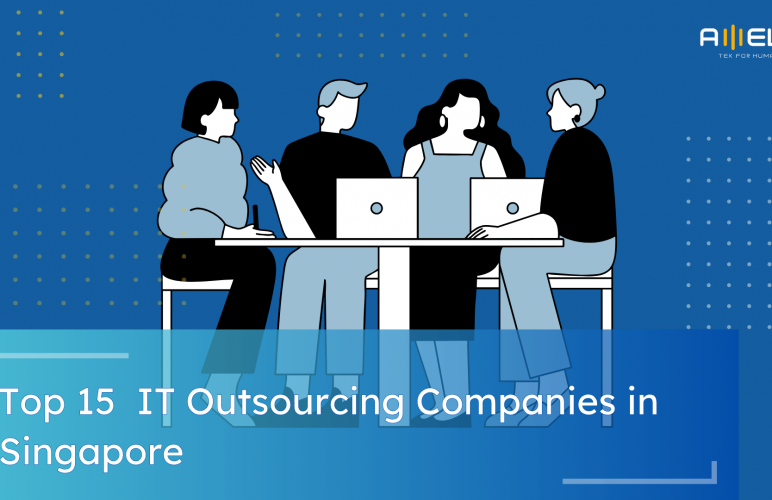
Flexible Project-based IT Staffing: Benefits, What it is & How it works
Companies today are under pressure to deliver digital projects faster than traditional hiring can support — and that’s exactly why flexible project-based IT staffing has become one of the fastest-growing...
View detail




